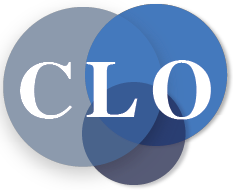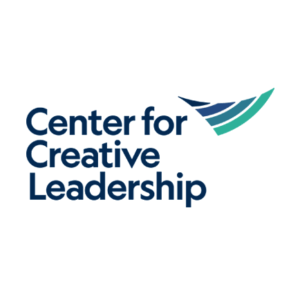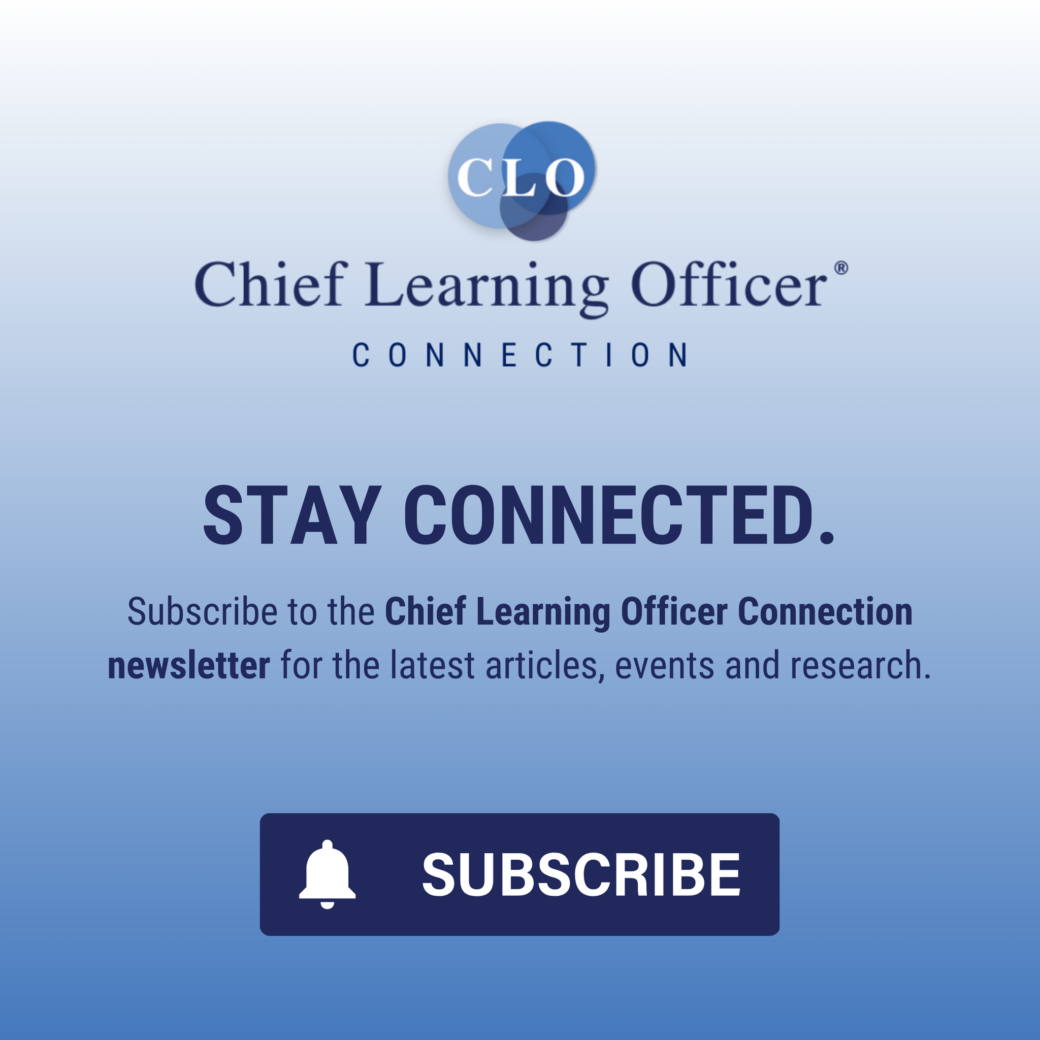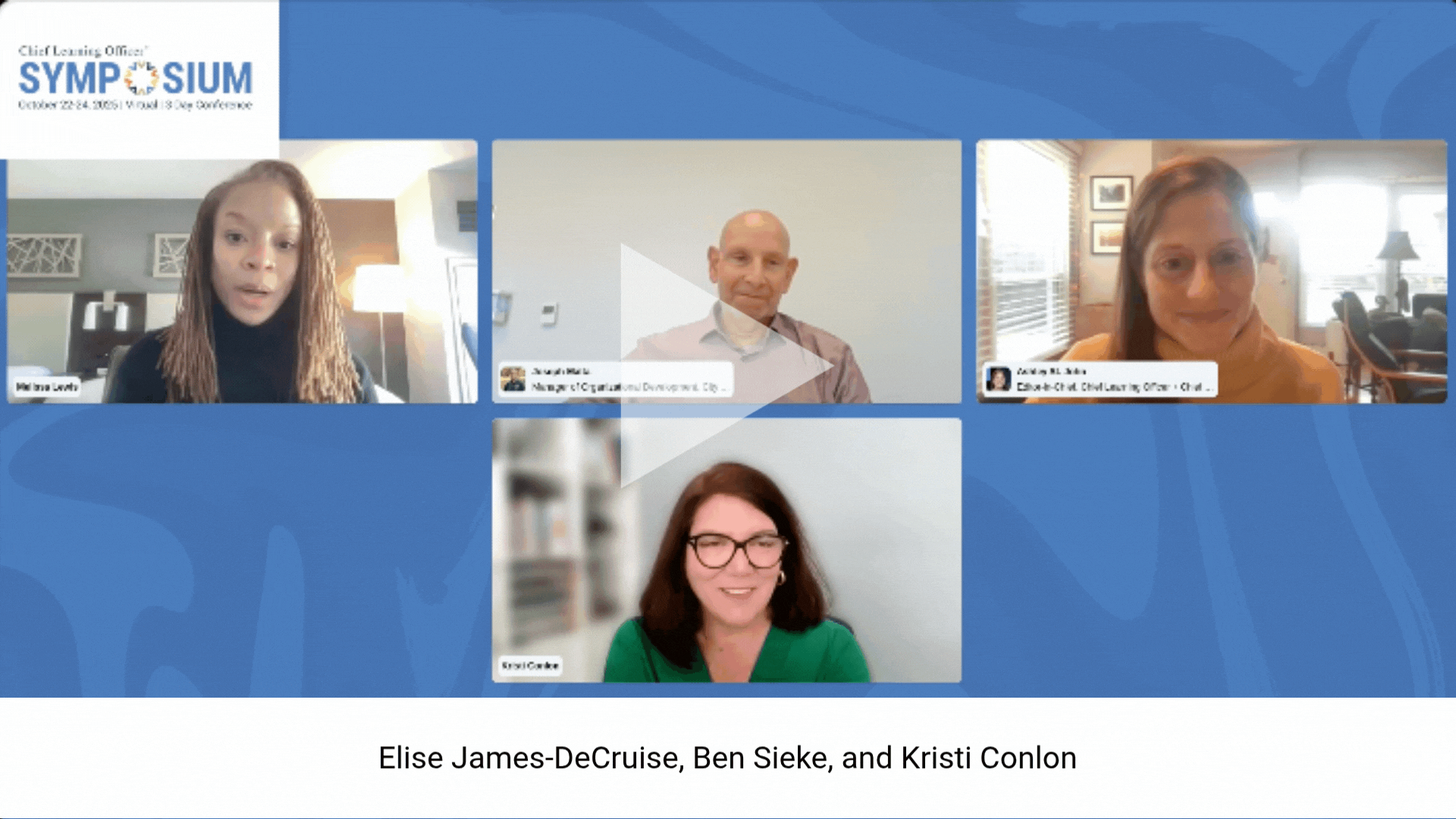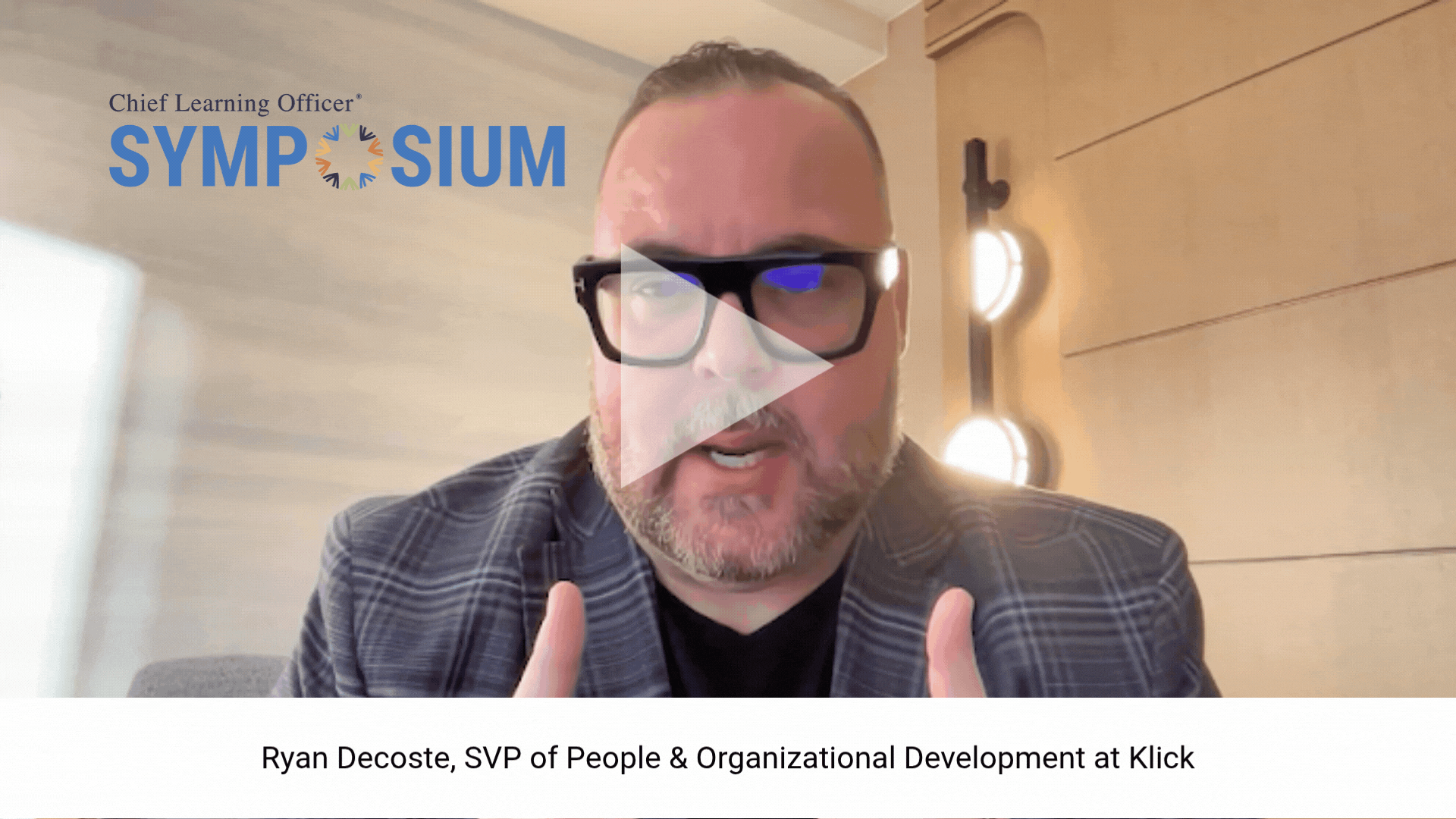Leadership development has long been positioned as a tool to drive performance. But today, it’s increasingly being used to do something more urgent: attract and retain top talent.
Facing high turnover and stiff competition for skilled workers, organizations are expanding their approach to leadership development — shifting from high-potential-only programs to scalable, inclusive learning experiences that support employee growth at all levels.
We spoke with learning and development leaders at Walmart, Deloitte and here at the Center for Creative Leadership (CCL) to understand how the leadership playbook is evolving — and what it takes to deliver development that’s meaningful, measurable and built for scale.
Leadership is now a talent retention strategy
Forget exit interviews. More organizations are looking upstream to understand why employees leave — and why they stay. Increasingly, the answer has less to do with perks and more to do with purpose and growth.
“People want to feel like they matter. Like they’re growing. Like they belong,” says Francesca Galarraga, leadership solutions partner at CCL. “If they don’t see a future here, they’ll go somewhere else.”
Jennifer Buchanan, vice president of Walmart Academy, agrees.
“We’ve stopped asking how to get people to stay longer,” she says. “We’re now asking: How do we get them to want to stay longer?”
That shift in perspective is influencing how companies structure their leadership development. It’s no longer about who’s most likely to move into the C-suite. It’s about creating a workplace culture where everyone sees a path forward — and has the tools to get there.
As Galarraga puts it: “We need to stop treating employees just for their business outcomes and start seeing them for their potential.”
Meeting learners where they are
At Walmart, this philosophy translates into practical design.
“Adult learners are short on time,” Buchanan says, “so we’re investing in short-form learning, on-demand videos and 4-month certificates.”
Their approach is rooted in accessibility: Leadership development starts with hourly associates and builds throughout their career journey with targeted, just-in-time learning in the classroom and in the flow of work.
Walmart’s commitment to meeting learners where they are — geographically, technologically and developmentally — makes leadership development feel relevant and attainable. The result? Higher engagement, better retention and a competitive edge in talent mobility.
Breaking out of the “high potential” box
At Deloitte, the shift has been equally significant.
“It no longer works to allocate most of the leadership budget to high potentials,” says Eric Dingler, senior HR executive and former chief learning officer at Deloitte. “We were missing the full array of potential across the workforce.”
To address this, Deloitte built its leadership development around six enduring human capabilities — curiosity, social-emotional intelligence, divergent thinking, resilience, informed agility and connected teaming — skills that enable professionals to thrive across knowledge domains. These aren’t executive-only competencies; they’re essential tools for navigating complexity, building relationships and driving change from any seat in the organization.
The takeaway? Leadership is not a title — it’s a set of capabilities. And those capabilities must be cultivated across the enterprise.
Redefining core leadership competencies
According to Galarraga, there are four core competencies every leader — regardless of industry or level — needs to succeed: self-awareness, learning agility, influence and communication.
But leadership doesn’t happen in a vacuum.
“We’re dealing with seven generations in the workforce right now,” Galarraga explains. “That forces us to rethink how we meet people’s needs and develop leaders who can lead without authority.”
That kind of complexity requires a modern, multidimensional approach to development — one that accounts for the personal and organizational, the strategic and emotional, the head and the heart.
Scaling development in a digital age
The good news? Technology is finally catching up to the ambition of L&D leaders.
Walmart uses virtual reality to simulate real-world store scenarios and boost training impact. Deloitte is exploring generative AI to deliver bite-sized, just-in-time learning moments — like a digital coach that offers communication tips during difficult conversations. CCL is leveraging tools like HiFi, a wearable that gives participants real-time feedback on their communication style during group learning experiences.
As Dingler puts it: “The hope with GenAI is that it can curate the right content at the right moment. The future of leadership development is embedded, not episodic.”
This means the traditional model of long-form, once-a-year training is giving way to more responsive, data-driven approaches that blend formal learning with real-time coaching, peer feedback and personalized digital support.
Creating a learning culture
Even with the best tools and programs, leadership development won’t stick unless it’s embedded into the culture.
“L&D can’t do it alone,” Galarraga says. “We need peer learning, mentoring, coaching and consistent feedback to create a culture where everyone feels responsible for each other’s growth.”
Walmart’s academy model reinforces this principle. Every time an associate is promoted, they return for more training, ensuring that leadership development is continuous, contextual and connected to business outcomes.
Deloitte echoes this approach: “We design for experience, exposure and education — and we orchestrate them with purpose,” Dingler says.
Measuring what matters
How do you prove it’s working?
Start by aligning leadership development with business strategy. “Are we creating capabilities that help the organization now and in the future?” Galarraga asks. “Are we measuring not just participation, but performance impact?”
For smaller teams, Buchanan recommends starting small: “Define what behavior you’re trying to change. What business problem are you solving? Then measure that.”
At Deloitte, Dingler’s team used data to compare learners who participated versus those who didn’t — and tracked long-term outcomes. The key is clarity: Know what you’re trying to change and build your measurement approach from there.
One powerful way to scale: CCL Passport
For organizations looking to scale leadership development efficiently, CCL offers a solution designed with flexibility and impact in mind: CCL Passport™️.
CCL Passport is an all-in-one leadership development subscription that offers unlimited access to research-based courses, content and tools that L&D teams can leverage to supplement their development experience. With CCL Passport, L&D teams can customize and deliver content that helps build skills that today’s leaders need most in the lengths and formats that best meet their employees’ needs. It allows organizations to offer leadership development across levels, geographies and functions — without sacrificing quality.
“Leadership development should be tied to business strategy and built for scale,” Galarraga says. “That’s exactly what Passport enables. It helps teams build capability in a way that is integrated, actionable and measurable.”
With CCL Passport, L&D teams can deliver consistent, high-impact learning experiences while still giving employees the flexibility to learn at their own pace and in their own context.
“It’s one of the most effective ways to democratize leadership development — and build the workforce your strategy demands,” Galarraga says.
Unlocking leadership potential
Leadership development has officially moved from “nice to have” to business-critical. As expectations shift and as technology opens new possibilities, L&D leaders have the opportunity — and the responsibility — to rethink how, where and for whom leadership development happens.
The message is clear: Everyone has leadership potential. Our job is to unlock it.
Now is the time to invest in scalable, inclusive and strategic development that strengthens your culture, boosts performance and attracts the talent your organization needs to thrive — today and tomorrow.
